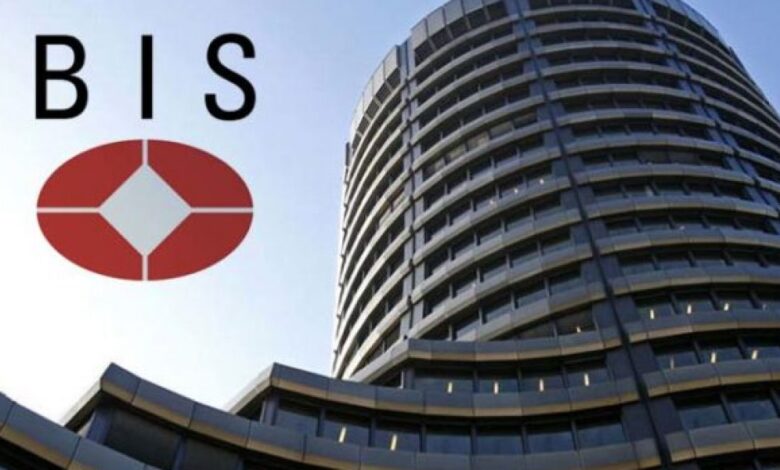Basel Committee Deems Stablecoins Less Risky Than Crypto like Bitcoin

The Basel Committee on Banking Supervision (BCBS) has initiated a comprehensive consultation on proposed revisions to the regulatory framework governing crypto-assets and their associated capital requirements for banks.
Under these proposed changes, tokenized securities and stablecoins issued on permissionless blockchains will be categorized as high-risk assets, aligning them with the risk profile of other cryptocurrencies. Additionally, the committee has outlined stricter guidelines concerning stablecoin reserve assets.
After an exhaustive assessment, the Committee determined that permissionless blockchains entail a reliance on third-party systems, posing significant challenges for banks in conducting comprehensive due diligence and oversight. Consequently, the Committee recommends that crypto-assets on permissionless blockchains should not fall within the ambit of Group 1 classification, which typically follows conventional capital requirements.
In contrast, all cryptocurrencies, including those on permissionless blockchains, are placed in Group 2, which necessitates banks to reserve at least a dollar of capital for every dollar of crypto-assets held due to their inherently high risk.
The Committee has made specific distinctions within Group 1, segmenting it into Group 1a for tokenized conventional assets and securities, and Group 1b for qualifying stablecoins. Assets failing to meet the criteria for Group 1 are automatically considered high-risk Group 2 assets.
Moreover, the proposed regulatory guidelines for stablecoin reserves advocate for stringent requirements, restricting reserves to bank balances, short-dated government securities, and high-quality bank securities. The Committee plans to review the use of repo and reverse repo by compliant stablecoins like Paxos and USDC to assess their eligibility for lower-risk classification.
The Committee’s concerns with stablecoin reserves primarily revolve around the potential alteration of securities’ quality through swaps and the risk of failing to meet redemption requirements in a timely manner.
To enhance transparency, stablecoin issuers are encouraged to disclose the daily value of reserve assets and provide weekly composition reports. Surprisingly, the proposed audit and verification standards are relatively relaxed compared to the stringent measures adopted by prominent stablecoin issuers, proposing an annual audit and semi-annual verification.
The consultation period for these proposed revisions extends until March 28 next year, and it is anticipated that the proposals regarding stablecoins might encounter opposition during this period of review.





